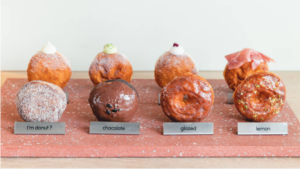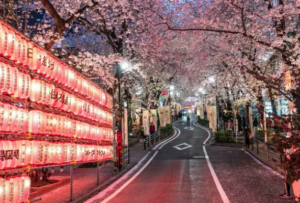Tea, a beverage cherished around the world for its soothing properties and diverse flavors, holds a special place in Japanese culture. Rooted in centuries of tradition, Japanese tea ceremonies and the cultivation of tea have become an integral part of the country’s life. In this post, we’ll explore the art and culture of Japanese tea, uncovering its rich history, varieties, and cultural significance.
A Journey through History: The Roots of Japanese Tea Culture
The origins of tea in Japan can be traced back to the 9th century when it was introduced to the country by Buddhist monks returning from China. Initially used for medicinal purposes, tea gradually found its way into the cultural fabric of Japan. Eventually, it evolved into the intricate tea ceremonies known as “chanoyu” or “sado.” These ceremonies, characterized by their meticulous attention to detail and aesthetics, focus on the preparation, serving, and consumption of matcha.
The Elegance of Tea Ceremonies
The Japanese tea ceremony is a harmonious choreography that encapsulates elements of spirituality, aesthetics, and mindfulness. From the choice of utensils and the arrangement of flowers to the precise movements of the host, every aspect of the ceremony is carefully orchestrated to create a serene and meditative experience. The ceremony emphasizes the importance of being present in the moment. This concept aligns with Zen Buddhism, which greatly influenced Japanese tea culture.
The Significance of Matcha
Matcha, finely ground green tea leaves, takes center stage in the Japanese tea ceremony. Grown in shade to enhance its flavor and vibrant green color, matcha is known for its earthy taste and invigorating qualities. The process of producing matcha involves cultivating the tea plants with meticulous care. Then pick the youngest leaves, steaming and drying them. Finally grinding them into fine powder using traditional stone mills. The resulting matcha powder can be whisked into a frothy, invigorating beverage that transcends taste to become a sensory experience.
Varieties of Japanese Tea
While matcha is perhaps the most iconic Japanese tea, the country boasts a variety of other tea types, each with its distinct characteristics. Sencha, a steamed green tea, is the most common variety enjoyed daily in Japan. Its refreshing flavor and vibrant green color make it a popular choice among locals. Genmaicha, a blend of sencha and roasted brown rice offers a nutty and comforting aroma. Hojicha, made from roasted green tea leaves, has a unique toasty and mild flavor.
Tea and Everyday Life
Japanese tea culture extends beyond formal ceremonies, playing an essential role in everyday life. Tea houses provide spaces for individuals to escape the hustle and bustle of modern life. Many Japanese homes also feature a dedicated space for enjoying tea, often overlooking a picturesque landscape to foster a connection with nature.
Preserving Tradition in a Modern World
In a rapidly changing world, Japanese tea culture continues to thrive. Both traditional tea ceremonies and contemporary tea practices adapt to the evolving preferences of today’s society. From innovative tea infusions to modern tea-inspired culinary creations, the essence of Japanese tea remains alive bridging between the past and the present.
Final Thoughts
Japanese tea is more than just a beverage; it’s a symbol of tradition, mindfulness, and aesthetic appreciation. Through intricate tea ceremonies, the careful cultivation of tea leaves, and the pursuit of excellence in taste, Japanese tea culture offers a window into a world where the act of making and drinking tea becomes a means of connecting with oneself, others, and the natural world. As you sip your cup of tea, take a moment to reflect on the history that shaped this ritual.






